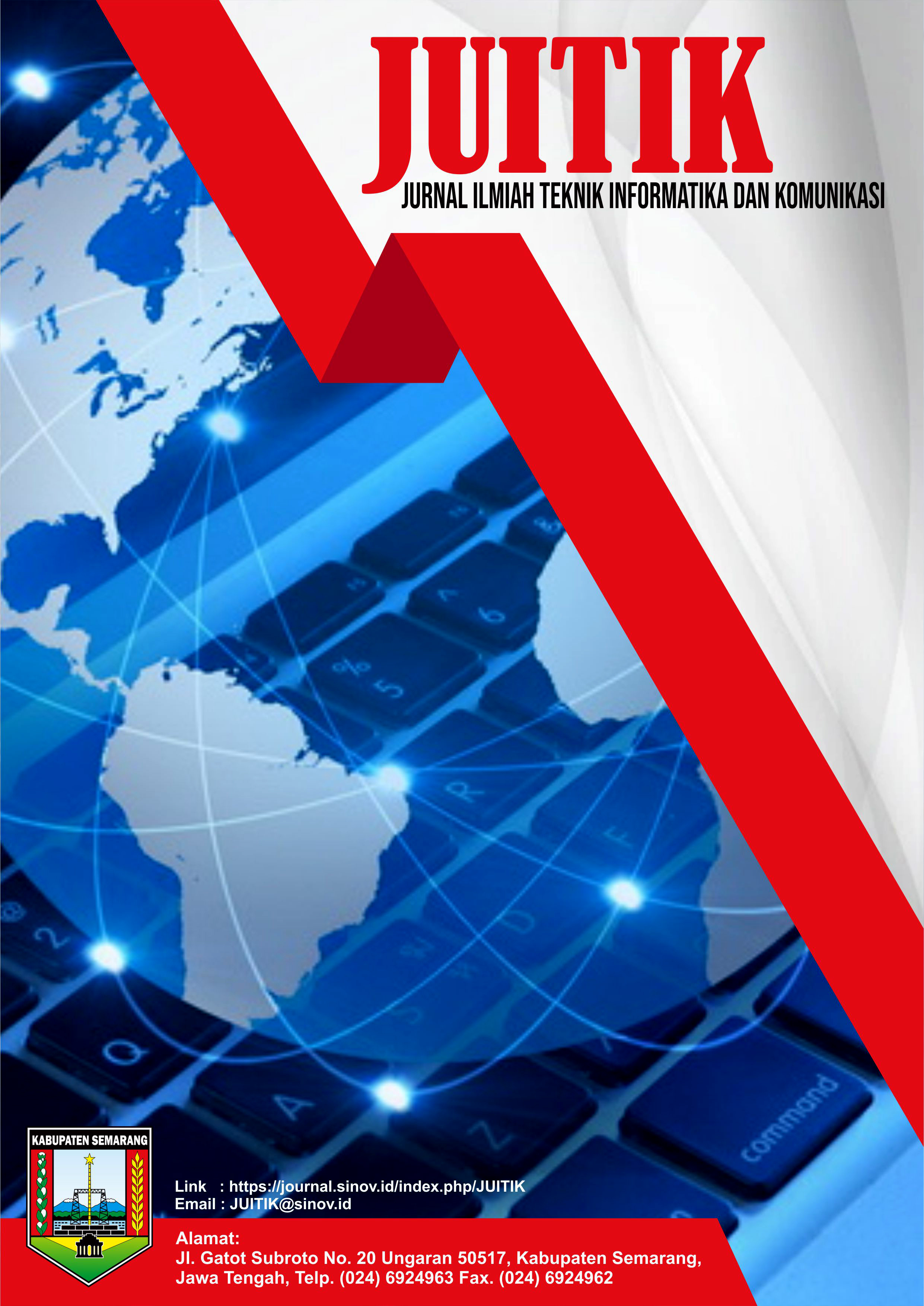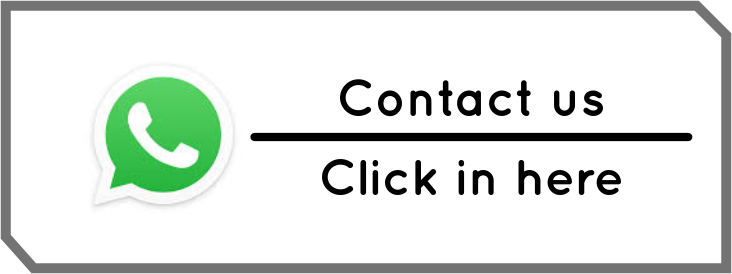Pengaruh Electronic Word of Mouth (E-WOM) terhadap Brand Awareness Produk Scarlett di Media Sosial TikTok
DOI:
https://doi.org/10.55606/juitik.v5i1.1375Keywords:
brand awareness, electronic word of mouth, E-WOM, public relations, TikTokAbstract
Scarlett, a local beauty brand, has achieved significant success in its marketing efforts, particularly through the strategic exploitation of electronic word-of-mouth (e-WOM) on the social media platform TikTok. By leveraging reviews, testimonials, and recommendations from users and influencers, Scarlett drives interactions that increase brand awareness. In this context, e-WOM serves as a strategic communication instrument that can be utilized by PR practitioners to foster good brand perception. For this purpose, a quantitative approach was used, which involved distributing a questionnaire to 100 TikTok users who follow Scarlett’s official account. The findings of the current study prove that the dimensions of e-WOM, specifically intensity, opinion, and content, have a significant influence on Scarlett’s brand awareness. The findings of this study prove that the integration of social media and E-WOM (Electronic Word-of-Mouth) in PR strategies is a crucial factor in strengthening a brand’s presence in the contemporary digital landscape, which is characterized by increasing competition.
References
Aimah, S., & Zahro, L. (2022). Inovasi public relation melalui pemanfaatan media sosial kekinian. Jurnal Tarbiyatuna: Jurnal Kajian Pendidikan, Pemikiran dan Pengembangan Pendidikan Islam, 3(1), 117–131. https://doi.org/10.30739/tarbiyatuna.v3i1.1684
Burhanudin, B., & Diva Septianti, F. (2024). Social media word of mouth and masstige purchase behaviour. Central European Business Review, 13(5), 71–94. https://doi.org/10.18267/j.cebr.372
Chamid, A. (2024). Public relations strategy in building brand awareness: A case study of KDS. eCo-Buss, 7(2), 1202–1213. https://doi.org/10.32877/eb.v7i2.1731
East, R. (2024). The transmission of advertising by word of mouth. International Journal of Market Research, 66(4), 378–382. https://doi.org/10.1177/14707853231209898
Goyette, I., Ricard, L., Bergeron, J., & Marticotte, F. (2010). e-WOM scale: Word‐of‐mouth measurement scale for e‐services context. Canadian Journal of Administrative Sciences / Revue Canadienne des Sciences de l’Administration, 27(1), 5–23. https://doi.org/10.1002/cjas.129
Handayani, R., Fitriadi, B. W., & Pauzy, D. M. (2022). The influence of social media TikTok and e-WOM interested to buy Soemethinc brand and impact on the purchase decision (Survey of TikTok users in the Management Study Program of University Perjuangan Tasikmalaya). Journal of Indonesian Management, 2(3). https://doi.org/10.53697/jim.v2i3.863
Hasna, S., & Irwansyah, I. (2019). Electronic word of mouth sebagai strategi public relation di era digital. Interaksi: Jurnal Ilmu Komunikasi, 8(1), 18–27. https://doi.org/10.14710/interaksi.8.1.18-27
Jessica Jolie, Wirati, H., & Patresia, B. (2024). Analisis konten electronic-word of mouth (e-WOM) yang digunakan akun TikTok @warungmamazafran12 dalam mencapai popularitas. Ulil Albab: Jurnal Ilmiah Multidisiplin, 3(6), 98–104. https://doi.org/10.56799/jim.v3i6.3432
Joan, V. (2022). Produk kecantikan tembus transaksi Rp210 miliar, brand lokal terfavorit. Compass. https://compas.co.id/article/penjualan-produk-kecantikan/
Lestari, E. D., & Gunawan, C. (2021). Pengaruh e-WOM pada media sosial TikTok terhadap brand image serta dampaknya pada minat beli. EMBISS, 1(2), 75–82.
Margaretha. (2021). Pengaruh media sosial Instagram dan electronic word of mouth terhadap kesadaran merek (Survei pada media sosial Instagram @Fore Coffee). Journal of Accounting and Business Studies, 6(1). https://doi.org/10.61769/jabs.v6i1.514
Peng, L., Adeel, I., Ayub, A., & Rasool, Z. (2024). Investigating the roles of word of mouth and brand image between social media marketing activities and brand equity. SAGE Open, 14(1), 21582440231220113. https://doi.org/10.1177/21582440231220113
Putra, R. A., & Iskandar, D. (2023). Strategi komunikasi pemasaran PT. JX di media sosial. Jurnal Riset Public Relations, 141–148. https://doi.org/10.29313/jrpr.v3i2.3128
Rahma, F. A. (2024). Strategi publik relations dalam mengoptimalkan pengaruh digital. Misterius: Publikasi Ilmu Seni dan Desain Komunikasi Visual, 1(2), 55–64. https://doi.org/10.62383/misterius.v1i2.120
Septiaji, S., & Diah. (2021). Analisis pengaruh electronic word of mouth (e-WOM) terhadap niat beli daring produk skin care yang dimediasi oleh citra merek (Studi pada konsumen Scarlett Whitening di UMS) [Skripsi, Universitas Muhammadiyah Surakarta].
Sugiyono. (2023). Metodologi penelitian kuantitatif kualitatif R&D. Alfabeta.
Syahrivar, J., & Ichlas, A. M. (2018). The impact of electronic word of mouth (e-WoM) on brand equity of imported shoes: Does a good online brand equity result in high customers’ involvements in purchasing decisions? The Asian Journal of Technology Management, 11(1), 57–69. https://doi.org/10.12695/ajtm.2018.11.1.5
Wardhana, A. (2024). Brand management in the digital era – Edisi Indonesia. In Brand management in the digital era (pp. 165–185). Eureka Media Aksara.
White, M. (2022). Sample size in quantitative instrument validation studies: A systematic review of articles published in Scopus, 2021. Heliyon, 8(12), e12223. https://doi.org/10.1016/j.heliyon.2022.e12223
Downloads
Published
How to Cite
Issue
Section
License
Copyright (c) 2025 Jurnal Ilmiah Teknik Informatika dan Komunikasi

This work is licensed under a Creative Commons Attribution-ShareAlike 4.0 International License.










